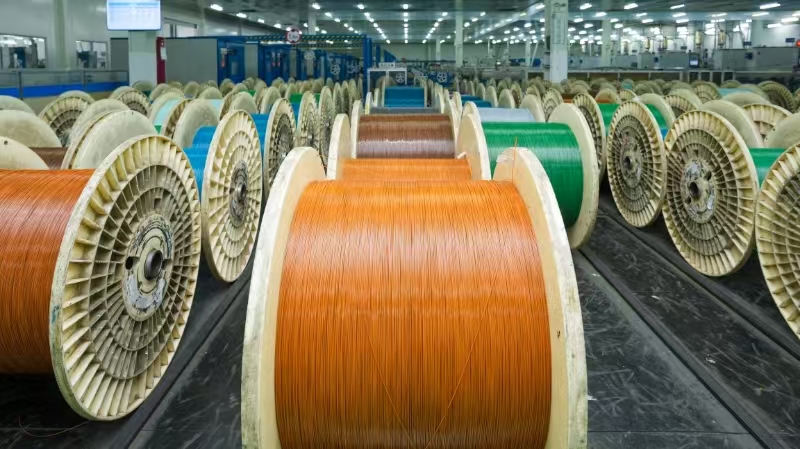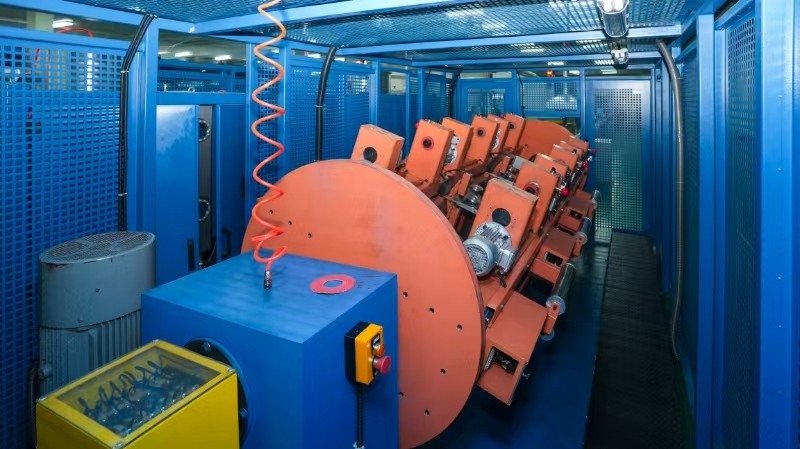Technology has transformed the way we live and work in the modern era of connection, and healthcare is no different. Telemedicine, which was once considered the stuff of sci-fi novels, is now an absolute lifesaver for patients living in remote and rural areas who need to consult experienced doctors from the comforts of their homes. What's the driving force behind this transformation? Unmatched features of optical fiber and cable technology.
The Role of Fiber Optic Networks in Telemedicine
Telemedicine is based on the successful delivery of large data volumes, such as high-definition medical images, live video consultations, and control of robotic surgical devices. Traditional data transfer methods simply do not scale to the demands today because of issues with latency or higher bandwidth. This is where fiber networks can be a game changer. Providing unparalleled speed, reliability and low-latency connectivity, fiber optic cables can instantly transport critical medical data to healthcare professionals.

HD imaging is inarguably a cornerstone of modern diagnostics. The medical field benefits from the use of fiber optic cables, allowing medical professionals to remotely view images including X-rays, MRIS, and CT scans. No matter how far away physicians are, they can look at every detail closely and make the right diagnosis. For example, a radiologist located in a metropolitan city can instantly examine scans of a patient in a rural village, thereby bridging the gap of medical expertise.
Enabling Real-Time Remote Surgeries
One of the most revolutionary developments in telemedicine is remote surgery, which involves surgeons remotely operating robotic systems, miles away. The transmission of commands and data must happen with near-zero latency for these procedures to be successful. ASU cable: The intelligent self-supporting optical cable is part of the backbone of these emergencies. Designed to handle the demanding data throughput requirements of remote surgical procedures, it is ruggedized with high-performance capabilities. Patients in remote and underserved areas can, with this technology, be provided world-class medical care that could save countless lives.
Advantages of Fiber Optic Technology in Healthcare
Fiber optic technology provides unique advantages to include the backbone of telemedicine:
High-Speed Transmission: Data travels through fiber optic cables much faster than it does through traditional copper cables, so even the most complicated medical data can be shared instantaneously without delay.
Low Latency: Fast response time is important in medical emergencies. Such networks ensure minimal latency and therefore make real-time interactions between doctor and patient possible.
Enhanced Reliability: Why current trend feared fiber to play the role of no flow fiber is much speaking about fiber industry with less talking about Ethernet.
Scalability: With the growth of telemedicine, fiber networks can grow and expand to accommodate more data.

A Leader in Fiber Optic Solutions - OYI
OYI International, Ltd. of Shenzhen, China has long been a pioneer in the production of fiber optic products as a leader in the industry and has taken the lead in enabling telemedicine through its products. Founded in 2006, OYI provides solutions to 143 countries, and collaborates with 268 customers worldwide. They manufacture high-end optical fiber cables, adapters, connectors, and the award-winning ASU cable, which is purpose-built for challenging applications like telemedicine.
However, OYI is quickly catching up in terms of quality thanks to its emphasis on research and development. Trust the company for building resilient networks of fiber across the applications with everything between Fiber to the Home (FTTH) conventional solutions and high-voltage electrical power line, all thanks to the strong connectivity afforded by its technology.
The Future of Fiber Optics in Telemedicine
This is just the start of the fiber optic technology deployments into telemedicine. The demand for advanced fiber optic solutions will continue to rise as innovations like artificial intelligence (AI), machine learning, and 5G become ubiquitous in healthcare. Fiber optics are thus essential; these techs hinge on speedy data processing and transmission.
So, AI-based diagnostic tools, for instance, need to process and share huge amounts of data in real time. Just as advanced medical training with augmented and virtual reality will greatly benefit from the low latency and high bandwidth of networks fiber.
Global access to medical care and demand for specialized care Telemedicine has the potential to revolutionize global healthcare by providing solutions to the challenges posed by unequal access to medical resources and the increase in demand for specialized care. At the core of this transformation is fiber optic technology, providing patients everywhere with timely, effective care.

Its focus on providing state-of-the-art optical fiber and cable solutions makes OYI an essential player of the telemedicine future. OYI is helping bring life-saving medical services to those who need them most, and by continuing to innovate and expand its offerings, it will help introduce it in many other countries as well.
If connectivity is the soap in your healthcare, then fiber optic cables are the one ensuring no patient will be ever at risk. From cables of ASU that allow doctors to perform remote surgeries to scalable fiber networks that can respond to the increasing demand for telehealth, this journey has no limits. Technology is developing, and so is the hope for a better and a more connected world.

 0755-23179541
0755-23179541  sales@oyii.net
sales@oyii.net
